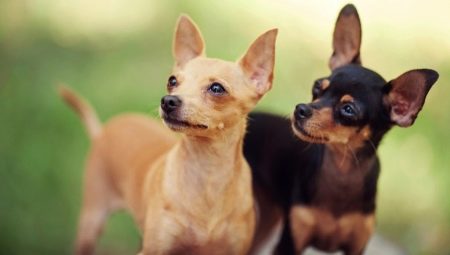Toy Terrier is a popular breed of dog, which is distinguished by its miniature size and fragility. The description of the breed usually begins with an indication of the small size, and the first part of the name - “toy” - translates as “toy”. Although the word "terrier" means that we have a hunting dog. But this does not apply to Russian toy terriers - they were bred exclusively as decorative, indoor dogs, and you should not make the same demands on your favorites as on their brothers, for example, English toy terriers.
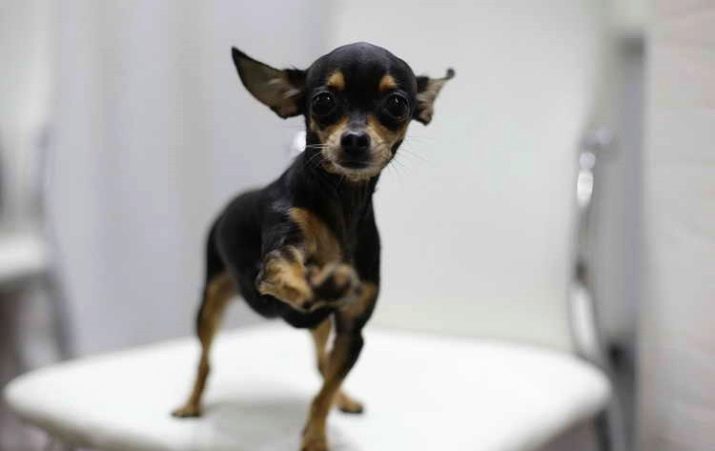
What factors affect lifespan?
At home, the Russian toy terrier feels great both in a city apartment and in a country house. He is quite active, loves to play, and thanks to his small size, he always has enough space for manifestation of activity. At the same time, mini-dogs also need walks in the fresh air. It is only necessary to avoid both hypothermia and prolonged exposure to the sun. It is advisable to hide your pet from direct sunlight, and in cold weather you need to take care of clothing and shoes for him.
Like any dog, a toy terrier needs timely vaccinations and deworming.
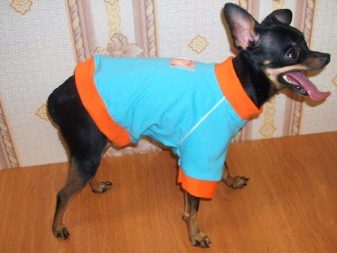
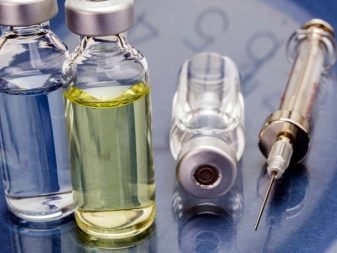
For the longevity of the dog, proper nutrition is very important. Toy terriers are fed with both natural nutrition and dry, balanced feed for small breeds.
Small fragile dogs are prone to injuries, so you need to protect them from possible dangers., Do not leave unattended on high windowsills, tables and even chairs - any unsuccessful bounce can cause a fracture.
A factor such as gender also affects life expectancy. Toy terriers - girls live longer, especially sterilized.They almost never have genital diseases. But if your pet is a boy and you are not going to breed, castration will be useful for his health.
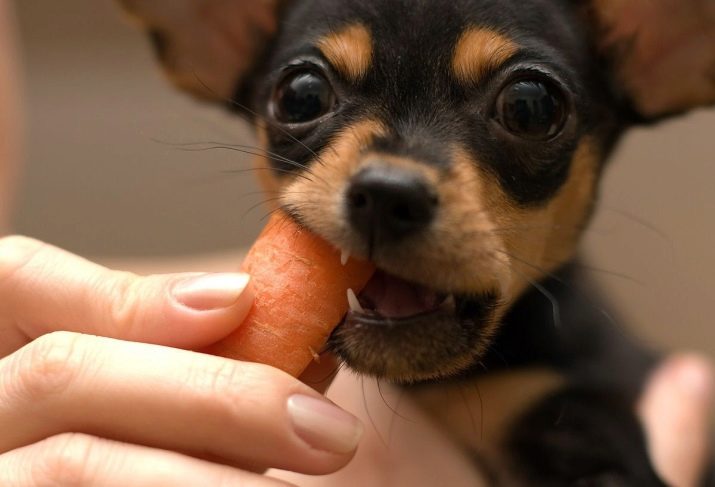
Among the factors hazardous to health and life, it is worth highlighting:
- poor heredity;
- infections
- chronic diseases of internal organs;
- tendency to injuries;
- hypothermia and overheating
- unbalanced nutrition;
- weak immunity;
- fighting character.
The latter factor leads to skirmishes with other dogs, which can have unpleasant consequences.
Dwarf dogs always react strongly to stress. To maintain their health, it is better to protect them from various unpleasant situations.
Particularly painful and subtle they feel an unhealthy family environment. Keep peace in the family, and your pet will thank you with a long healthy life.
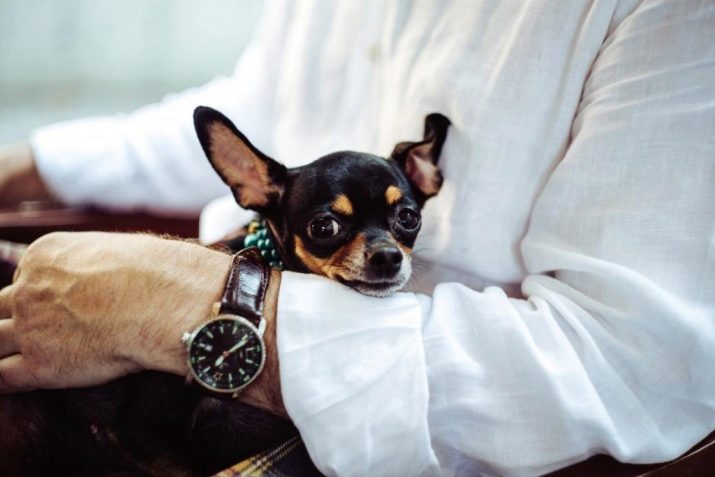
average life expectancy
Speaking of average life expectancy, the weight and size of the dog should be considered. Toy terriers live on average 10-15 years. However, in mini-class dogs, the average life expectancy is much lower - about 7 years, and in supermini dogs (1.5 kg) - usually 3-5 years. But for a small dog this is a rather long life, and the owner has the power to provide his pet with love and care throughout its entire duration.
The breed standard sets the weight of the Russian toy terrier no more than 3 kg, while the weight of 2.3 kg is most desirable. With less weight, the risk of injury increases. In general, deviations from the standard in this fragile breed can lead to health problems in the future. And dogs weighing less than 1.5 kg are not allowed for breeding. In addition, the lifespan of mini-toy terriers is several times shorter than that of standard counterparts.
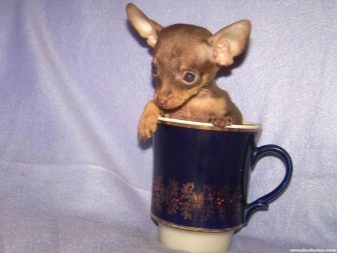

When choosing a puppy, the requirements of the standard should be taken into account. The Russian toy terrier according to the description should have certain proportions - the length of the body should be equal to the height at the withers; ears are large, triangular, erect; the tail for this breed is characterized by a thin and low set.
All these signs indicate compliance with the requirements of the standard, which means they increase the likelihood of a long life for your pet.

How to increase the number of years?
Dog lifespan will increase positive factors of its content:
- proper nutrition;
- vitamins;
- walks in the open air;
- exclusion of dangerous places for games;
- lack of stressful situations;
- timely deworming and vaccination;
- castration of dogs not intended for breeding.
Let us dwell on these factors in more detail.
Nutrition is the main factor in maintaining a dog’s health and longevity. The owner, who wants a long life for his pet, is obliged to provide a varied and competently balanced diet.
From natural products, the diet of toy terriers should include dietary meat (turkey, chicken, beef), cereals in the form of porridge and vegetables. Of cereals, rice and buckwheat are most useful. From vegetables - zucchini, carrots, beets. You should not give the dog sausage and, in general, everything smoked, spicy, salty, fatty, fried. Any cheese is also excluded. But cottage cheese is very useful for bones and teeth.
Vitamins are mandatory in the diet, which are recommended to be selected under the supervision of a veterinarian.
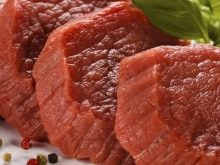
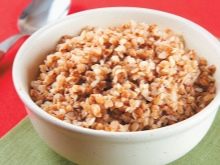
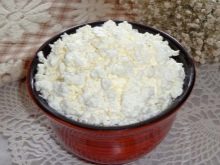
If you opted for finished feed, then preference should be given to premium and super premium feeds. For small breeds, there are special feeds that do not cause difficulties when chewing, containing the optimal combination of the elements necessary for the body. Eating ready-made high-quality feed does not require the inclusion of additional vitamins in the diet - they are already part of the feed. But this is the case with a healthy dog. If there is a lack of an element, the veterinarian will prescribe the appropriate vitamins additionally.
Overfeeding a toy terrier is even more dangerous than underfeeding. Often the owner in an effort to please his beloved animal, offers him goodies in large quantities.A small stomach and liver can not cope with a lot of high-calorie foods. Therefore, do not overdo it with love - it’s better to once again caress the toy than to put it a tasty treat.
Walking and playing should be primarily safe for the dog’s fragile bones. Even an unsuccessful jump from the couch can lead to a broken bone at the toy terrier. Therefore, you need to monitor your pet when he is at a dangerous height for him and help him get down. When entering and exiting a vehicle, descending the stairs of a toy terrier, it is imperative to pick it up.
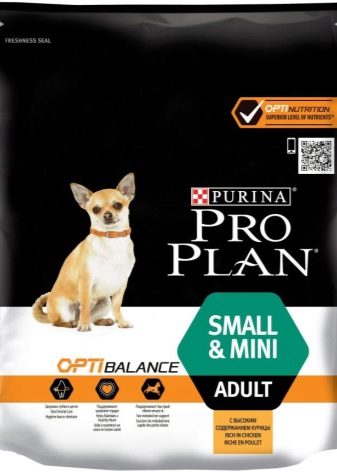

When walking, try to protect the toy from contact with large active dogs, even friendly ones. The toy terrier is active and curious, and plays with pleasure, but a larger dog can injure him if she accidentally steps on him or even just pushes him. For walks, choose places that exclude the sudden appearance of cars - the driver may simply not notice the small dog and do not have time to react.
In order to prevent overcooling of the small toy organism, you need to walk it in warm clothes and even shoes. If the street is very cold and damp, it is better to cancel the walk altogether. Toy terriers are easily accustomed to the tray.
On a walk, your pet will certainly want to run without a leash. But this can be resolved only when he will completely obey the commands. Otherwise, uncontrolled behavior on the street will lead to an accident.
Do not give that excessive physical exertion. In addition to injuring joints and bones, it can be dangerous for the heart.
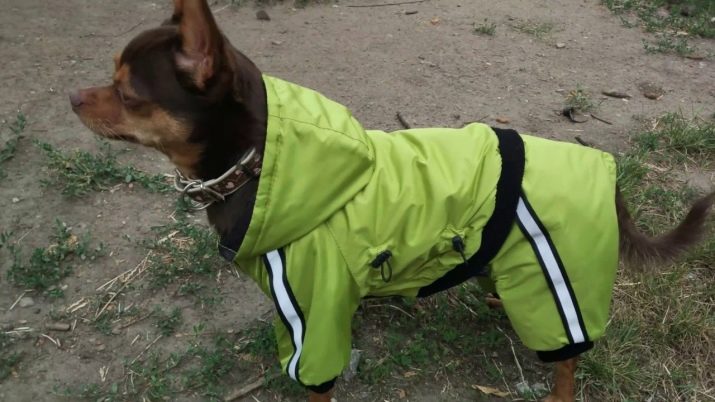
In addition to street hazards, traumatic factors are present at home. For example, carefully monitor the interaction of a toy terrier with young children. Children often perceive the dog as a living toy, and can cause injury.
Particular attention should be paid to deworming. Dogs are curious creatures, and on a walk it is impossible to protect your pet from the temptation to poke your nose into everything that he sees. Helminth eggs from the ground fall on the nose, and then lick, and infection occurs. The body of toy terriers, like other small dogs, is unable to withstand the attack of worms for a long time, spreading quite quickly, and in advanced cases can lead to various complications. Worm preparations are best chosen by the veterinarian who is constantly watching your dog. A toy terrier is too gentle a creature to risk his health, choosing drugs on his own, at your own peril and risk.
Worm remedies should be given with caution, carefully observing the doctor's recommendations and the instructions on the package. The recommended dose is best given in two divided doses, combined with activated carbon. Too strong a medicine will kill all worms at once, but the body may not have time to remove them, which will lead to intoxication and death of the animal.
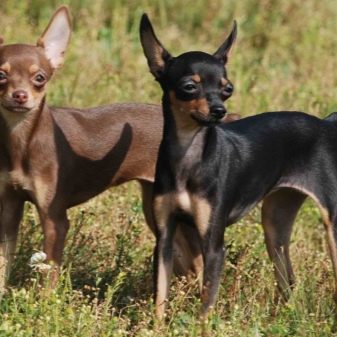

Deworming should be carried out once every 3 months, but always before the annual vaccination. Which vaccine is right for your dog, your veterinarian will tell you exactly. Currently, Nobivak is widely practiced - a comprehensive vaccine that guarantees protection against almost all common and dangerous canine diseases.
Each disease is a difficult test for the small organism of a toy terrier, therefore, to prolong life is not worth the risk, and it is better to prevent infection than to deal with the consequences.
Increased life expectancy is facilitated by timely castration.
Careful hygiene for your dog - monitor the condition of the coat and comb out if necessary; regularly check with your doctor for teeth and eyes. And, of course, remember the need for preventive examinations by a veterinarian, preferably permanent, observing all the recommendations.

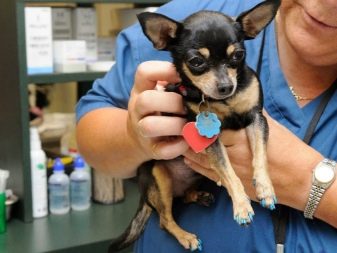
Long-lived dogs
In general, toy terriers are considered one of the longest-living breeds, especially compared to large dogs.Toy terriers come of age at different ages, but officially dogs are considered to be elderly at 8 years of age. With age, activity decreases, sleep time increases, hearing and vision deteriorate. Many people have gray hair on their faces.
The question of whether tooth loss in Toya is associated with aging remains controversial. Many dogs of this breed begin to lose their teeth from the age of 4. A number of specialists and owners believe that the loss of teeth in Toya is associated with heredity and nutritional errors. Others are of the opinion that tooth loss is a sign of old age.
The dog age is short, and no matter how hard we try to extend the life of our beloved, his old age and departure come earlier than we would like. But in dogs, as in humans, there are cases of longevity.
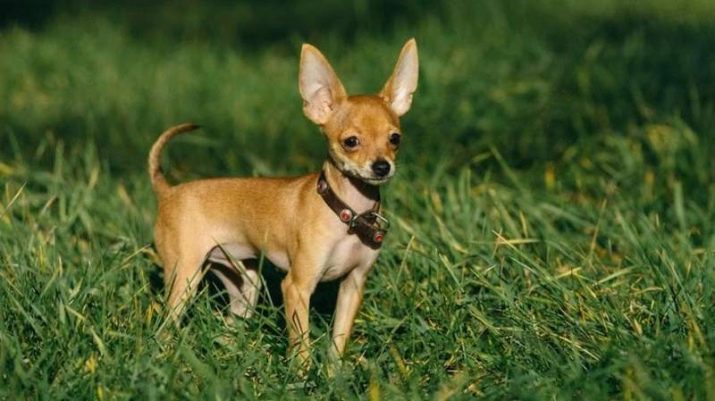
Experience shows that longevity is strongly related to the size of the dog. Mini-toy terriers live a maximum of 8 years, supermini and even less - up to 5 years. Larger representatives of the breed live to 17 years; the case of surviving to more than 20 years, and even to 30, is known.
One of the most famous domestic long-lived dogs in Russia is the toy terrier from Stavropol named Funtik. He lived 18 years and 2 months and died in 2016 from oncology. He was listed in the Russian Book of Records.
Thus, following all the recommendations for caring for a pet, you can extend his active and happy life, and who knows, maybe your pet will be the next long-lived record holder among representatives of his breed.
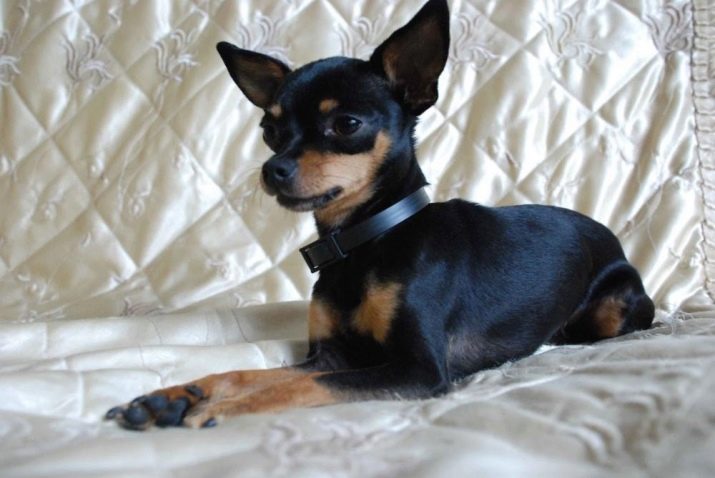
See even more breed information in the next video.
